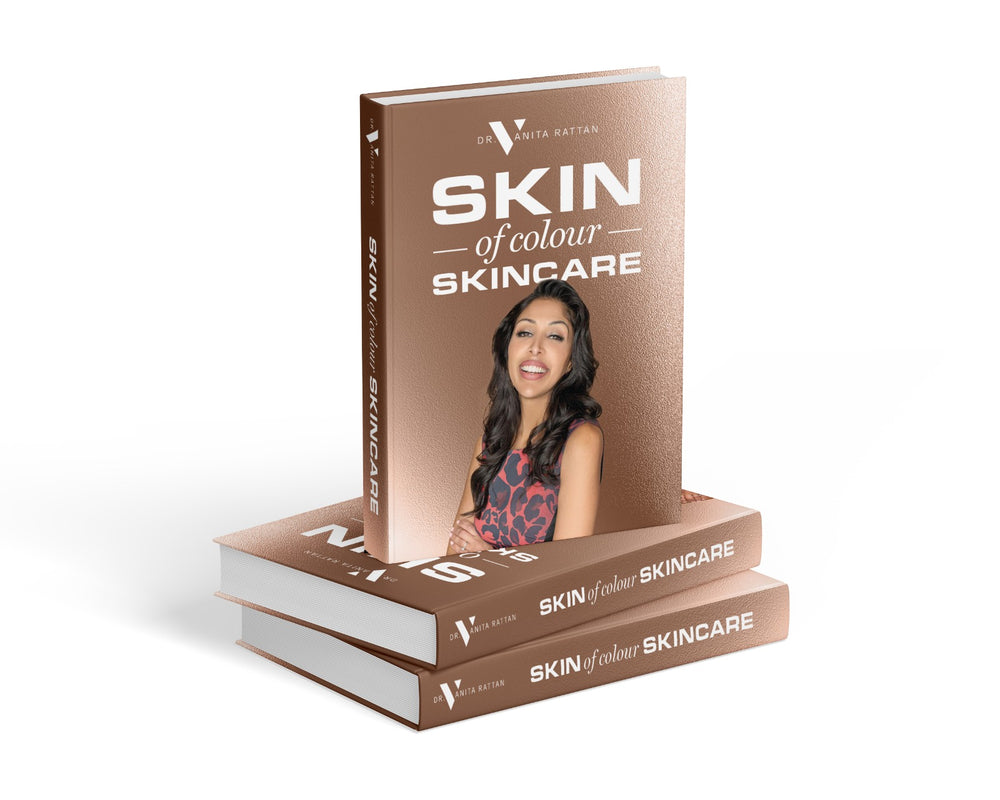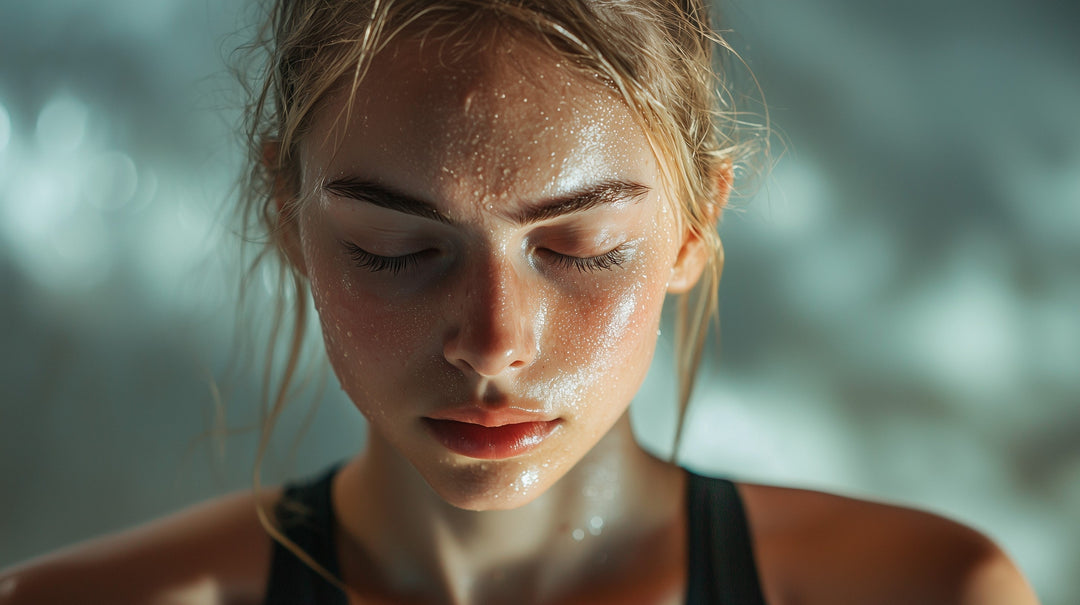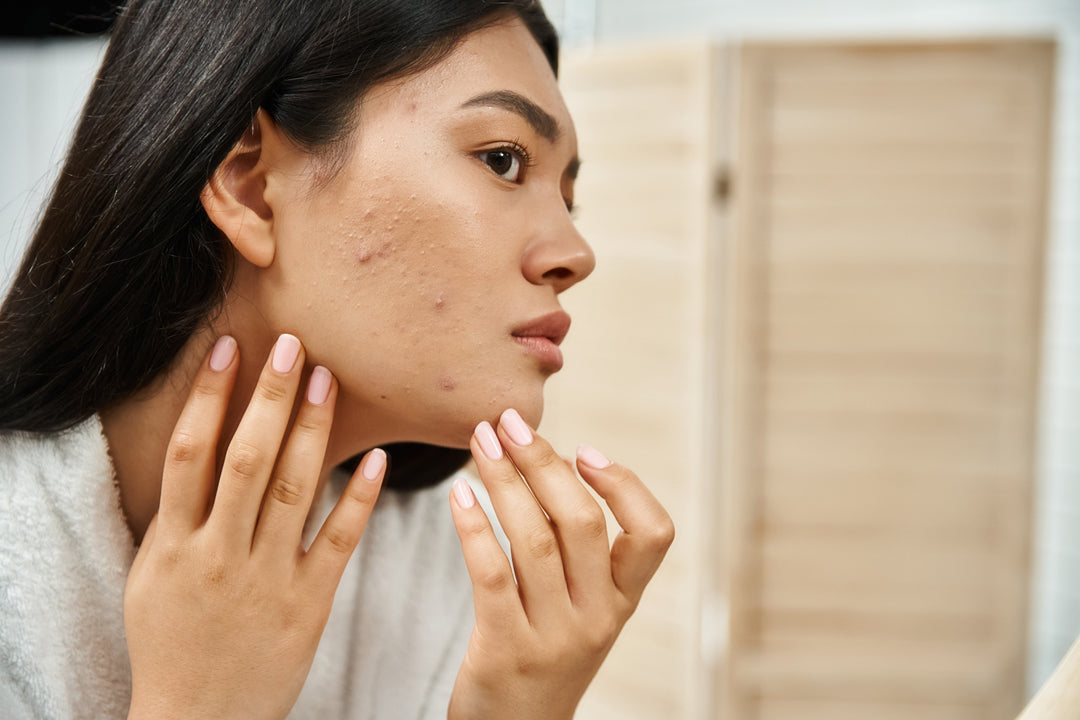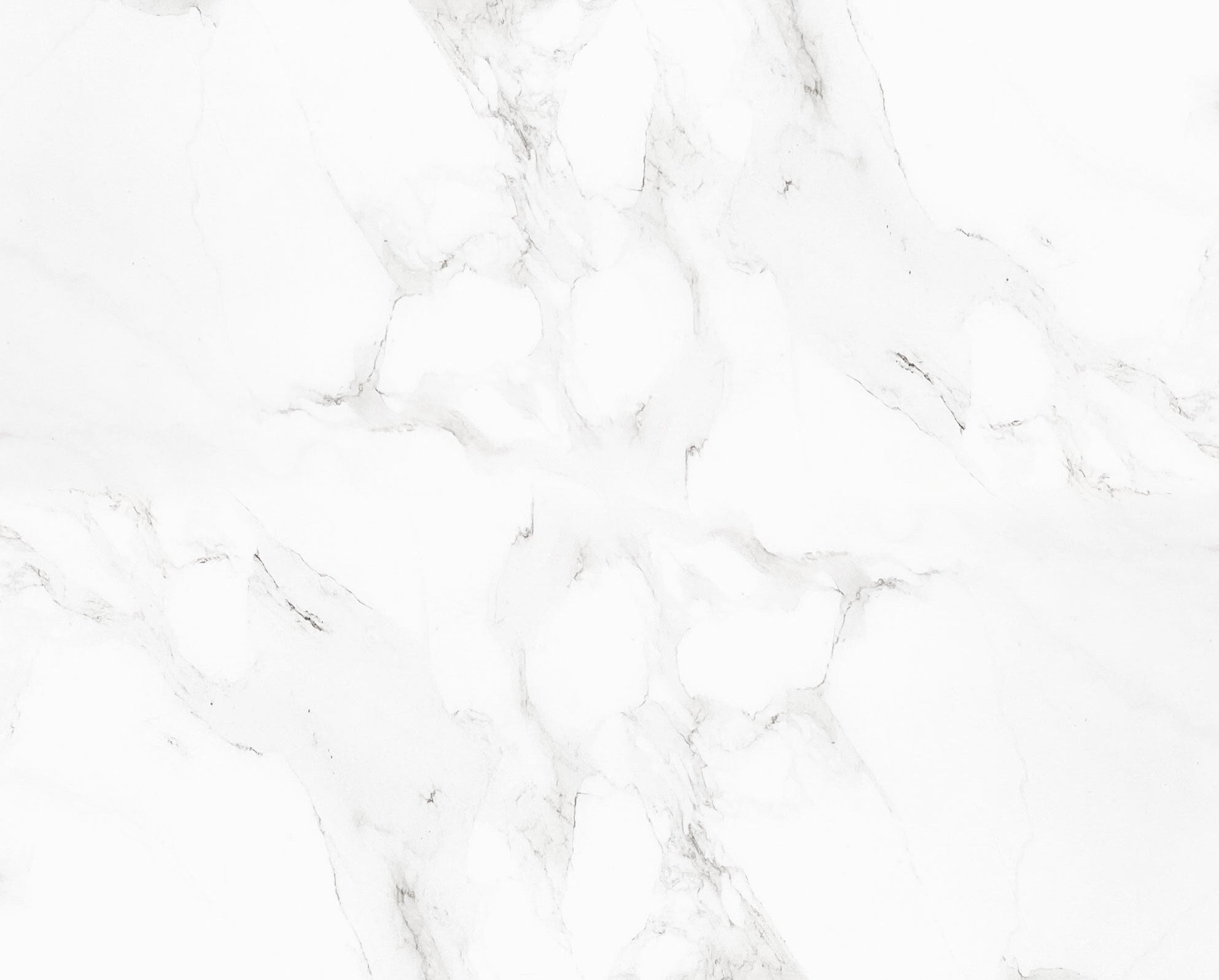The Science of Skin of Colour
What are the unique properties, excess risk factors & solutions for Skin of Colour?
Skin of colour (s.o.c) is easier to irritate and hyper pigment than Caucasian skin, and loses more ceramides over time, leading to dry skin. Therefore, skin of colour requires more hydrating, less irritating, anti-inflammatory and anti-pigmentation ingredients to deal with these additional skin concerns, without triggering further issues. We explore these concepts in more detail below.
DIFFERENTIAL CHARACTERISTICS & RISK FACTORS OF S.O.C VS CAUCASIAN SKIN
1. The melanocytes (pigment producing cells) are larger & easier to trigger, making hyperpigmentation more likely and more severe.
2. The skin is easier to irritate, which in turn can cause more hyperpigmentation.
3. The skin is thicker, making ingredient penetration to the deeper layers harder.
4. Skin of colour is more likely to tan rather than burn in the sun, darkening hyperpigmentation further.
5. It loses more ceramides over time, causing dry skin; so it is more likely a s.o.c person will pick a sub-optimal moisturiser and not replace them.
MITIGATING ACTIONS
1. As melanocytes are easier to trigger, we must avoid irritants which may trigger them and cause hyperpigmentation, such as: denatured alcohol (drying), fragrance (#1 cause of dermatitis), essential oils (skin sensitizers), and harsh acids (more likely to burn and lead to pigmentation).
2. Replace loss ceramides – pick a moisturiser rich in this. Skin of colour requires more ceramides and more tyrosinase inhibitors for hyperpigmentation than lighter skin tones. Cera Pep Moisturiser contains both. Niacinamide has been used to strengthen the skin barrier and Peptides help stimulate collagen.
3. Avoid over-cleansing and stripping the skin of its natural fats. Skin of colour already has less ceramides than Caucasian skin, which makes it easier for the skin barrier to be compromised, leading to sensitivity.
4. Most toners on the market contain drying alcohols, which are more likely to dry/irritate skin of colour. Dr V Super Hydrating Toner contains, non-drying alcohol, so is hydrating rather than dehydrating.
5. The most common way to exfoliate is to use a physical scrub and to mechanically rip skin cells off. However, this is not limited to just dead skin cells and can lead to skin sensitivity, a damaged skin barrier and micro tears. A more even, controlled and gentle exfoliation is chemical exfoliation, with large Alpha Hydroxy Acid molecules i.e. Mandelic acid and Lactic acid, as found in Dr V Exfoliate to Glow. We prefer to avoid Glycolic acid for skin of colour exfoliation as it is a small molecule and can lead to hot spots.
6. As you know now, we want to minimise irritation to prevent hyperpigmentation. This is why for daily use, we prefer skin-identical pH formulas, such as that in our Antioxidant Power Serum.
7. People of skin of colour with oily skin are more likely to get all 3 acne blemishes: 1. Acne, 2. Post Inflammatory Erythema (red marks) 3. Post Inflammatory Hyperpigmentation (brown marks). We need to tackle all 3 processes simultaneously. In s.o.c, we don’t want to worsen acne or cause reactions, as this is more likely to lead to hyperpigmentation. The TRIO Blemish range has a minimal expected reaction rate and the active ingredients are at the correct percentages for skin of colour, working synergistically in an easy-to-follow step-by-step system.
8. Here are the preferred ingredients we use for skin of colour (in our Body Anti-Aging range) and why:
- Instead of high % Ascorbic Acid
we use it at lower % and with Tetrahexyldecyl Ascorbate instead (Ascorbic Acid is lower pH and potentially irritating in the sun).
- Instead of high % retinol, we use low % retinol & combine with it with retinaldehyde which is less irritating and works 11x faster (but more expensive, so not readily available in skincare products).
- Instead of Glycolic Acid, we opted for the AHA Lactic Acid, which is more hydrating & less irritating, so there is a lower chance of damaging the skin barrier and getting pigmentation.
- Skin of colour is typically drier, so we use high % glycerin to compensate & hydrate.
- The surfactant (cleans skin) we use is non-stripping: Cocamidopropyl Betaine. Also, we use Sodium Laureth Sulfate, not SLS - Sodium Lauryl Sulfate, as the former is gentler for skin of colour.
From the blog
View allYou may also like to see:
DR V EDUCATION CENTER: Articles on hero ingredients, skin concerns & tips for S.O.C
CLINICAL TRIALS: Dr. V product efficacy documentation








